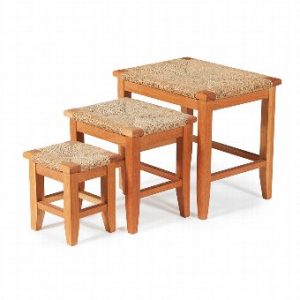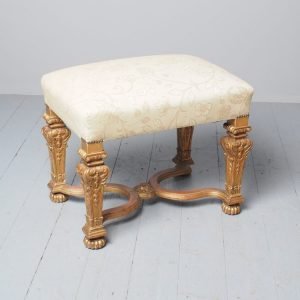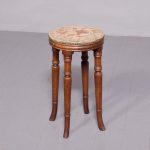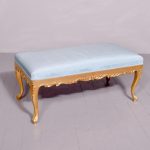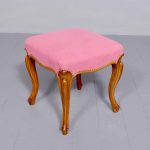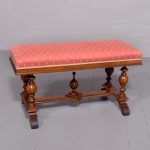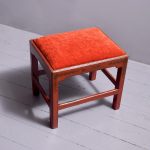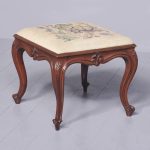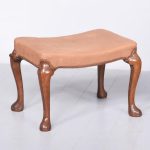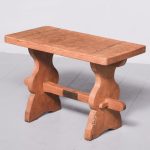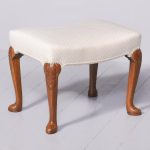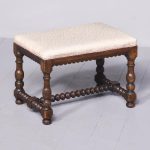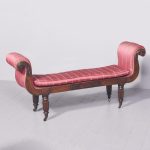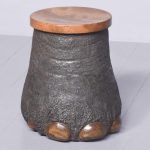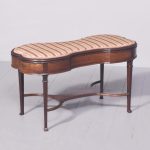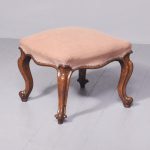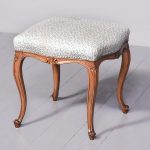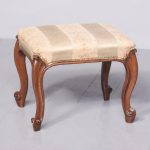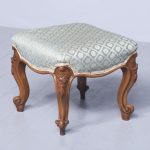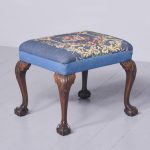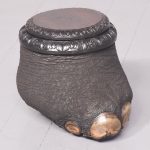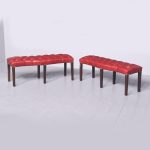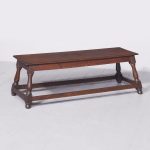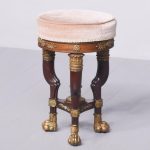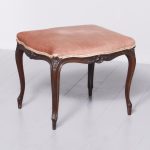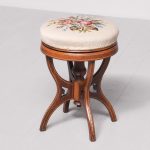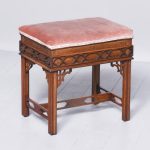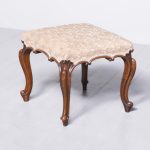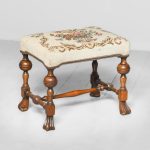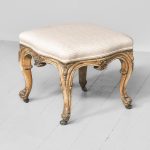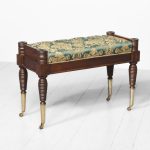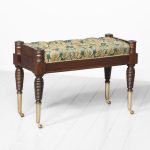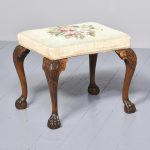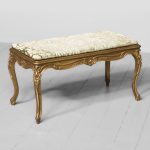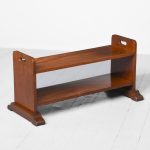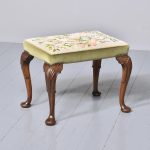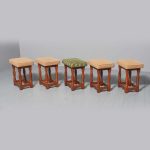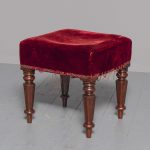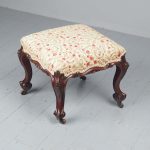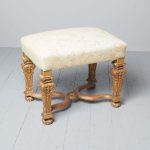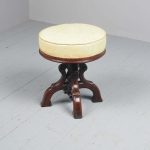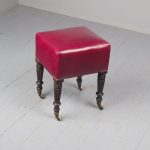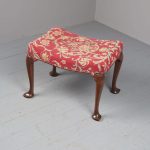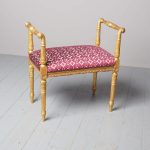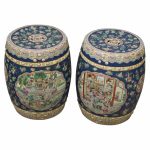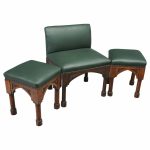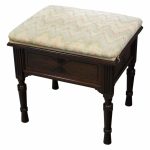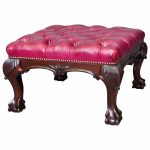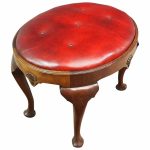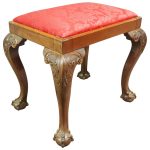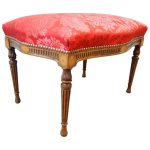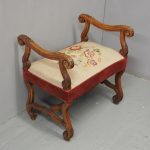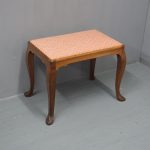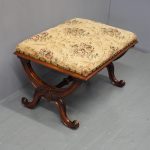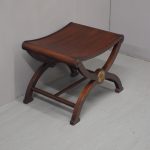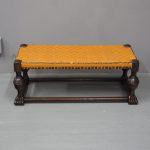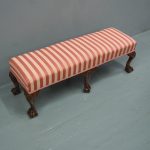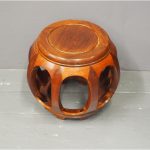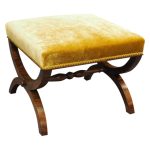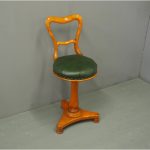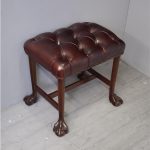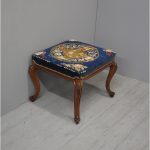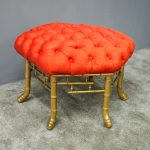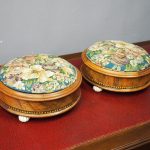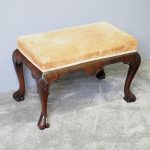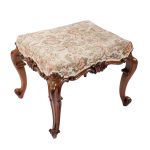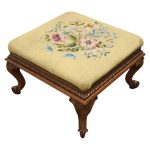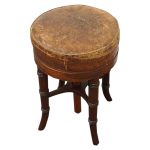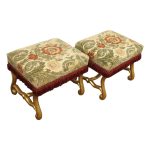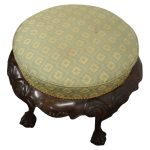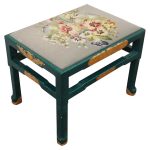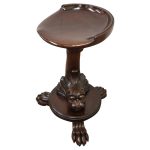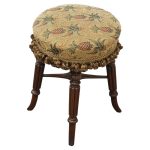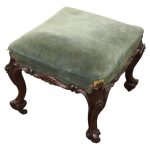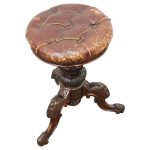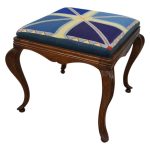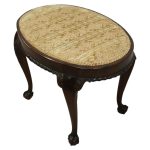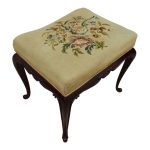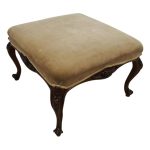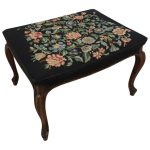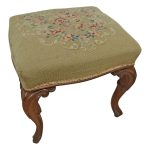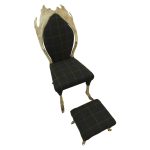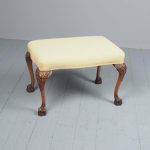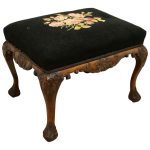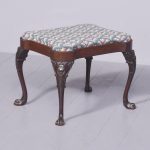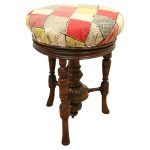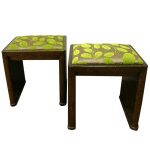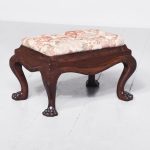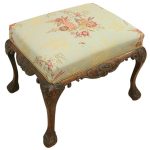Antique Stools: A Short History
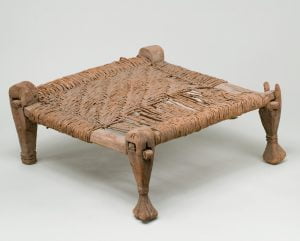
Antique stools may seem a common feature in homes today, but their history goes a lot further back than you may think!
A stool is simply defined by the Oxford English Dictionary as a seat without a back or arms, raised from the ground on a series of legs. With ancient origins dating back to the Egyptians and early Greeks and Romans, they originally had either a folding frame with a fabric or skin seat, or a fixed frame with a solid seat in various materials.
This exceptional Egyptian example dates from c. 1991-1450 BC and was excavated by Lord Carnarvon and Howard Carter at Dira Abu el-Naga between 1907-1914. It is now in the Metropolitan Museum of Art Collection, New York. It also shows how stools have not greatly changed over time.
We still see similar features on stools today, although much more refined! This set of three Orkney stools also has a woven seat with a classic, simple frame. They also benefit from having stretchers connecting the legs, for extra stability.
Stools with upholstered or stuffed seats became popularised by the late seventeenth century, coinciding with the production of standard joint stools (which were small rectangular stools with legs joined with stretchers).
Eighteenth century books including Robert Manwaring’sCabinet and Chair-Maker’s Real Friend and Companion(circa 1765) even detail how certain stools were specifically designed for women with ‘ladies dressing stools’ to accompany ‘ladies dressing chairs’.
Other stools were also designed for certain activities including music or piano stools, duet stools, footstools and barstools. We always have alarge selection of these in our warehouse, and whilst we have several recently re-upholstered in quality leathers and fabrics, we can also provide quotes if you wish to have them upholstered in a material of your choice.
Current stock:
-

Tall George III Circular Stool
£475 -

Large Gilded Cabriole Leg Chippendale Style Ottoman
£1,700 -

A Mid – Victorian Walnut Framed Cabriole Leg Stool
£500 -

A Mid – Victorian Walnut Framed Duet stool or Window Seat
£900 -

A stylish George IV Red Lacquered Stool
£600 -

Large size Victorian Mahogany Cabriole Stool
£490 -

Rare, Large-Size Early George III Walnut Bench/Stool
£3,900 -

Stylish Whytock and Reid Mahogany Stool with Saddle Shaped Upholstered Seat
£550 -

Adzed Oak Coffee Table/Stool by Yorkshire Critter Thomas (Gnomeman) Whitaker
£590 -

Whytock & Reid Carved Stool
£750 -

Large Victorian Center Stool
£1,600 -

Jacobean-Style Upholstered, Oak Turned-Leg Stool
£330 -

Large Victorian Rosewood Cabriole Leg Centre Stool with Deep Buttoned, Brass Studded Tartan Upholstery
£950 -

Large Regency Rosewood Double Sided Window Seat
£2,750 -

Large Taxidermy Elephant Footstool
£800 -

Shaped Mahogany Lidded Duet Stool
£475 -

Quality, Large Mid Victorian Cabriole Leg Walnut Stool
£350 -

Louis XIV Style Carved Cabriole Stool
£450 -

Magnificent Hand-Carved Chippendale Style Mahogany Framed Bench or Stool
£690 -

Quality Mid Victorian Cabriole-Leg Mahogany Framed Stool
£390 -

Quality Mid-Victorian Walnut Cabriole Stool
£440 -

Chippendale Georgian-Style Mahogany Stool
£475 -

Carved Circular Footstool
£500 -

Pair of Georgian Style Window Seats
£2,800 -

Jacobean-Style Oak Occasional Table Or Large Stool
£440 -

Large Figured Oak Jacobean Style Stool (Coffee Table)
£475 -

Rare Empire-Style Ormolu Mounted Mahogany Piano Stool
£3,600 -

Revolving Circular Topped Stool
£300 -

Victorian Cabriole Leg Stool
£375 -

Sheraton Style Piano Stool
£400 -

Chippendale Style Piano Stool
£525 -

Early Victorian Cabriole Leg Stool
£600 -

Carolean Style Stool
£380 -

Painted and Upholstered Stool
£875 -

Large Window Seat
£1,190 -

Large Window Seat
£1,190 -

George II Style Needlepoint Stool
£500 -

Neat Sized French Duet Stool
£650 -

Mahogany 2 Tier Stool/Bench
£600 -

Georgian Style Walnut Stool with Embroidered Upholstery
£380 -

Set of 5 Oak Stools by David ‘Oakleafman’ Langstaff
£1,000 -

George IV Rectangular Stool
£275 -

Victorian Carved Mahogany and Upholstered Stool
£675 -

Antique Carved Giltwood Baroque Style Stool
£1,500 -

Antique Victorian Gothic Style Walnut Piano Stool
£590 -

Antique Regency Mahogany and Burgundy Leather Stool
£650 -

Antique Georgian Style Mahogany Stool
£590 -

Antique Adams Style Gilded Window Seat
£950 -

Pair of Chinese Qing Dynasty Painted Barrels / Seats
£3,750 -

Suite of Late 19th Century Gothic Stools
£1,650 -

Victorian Mahogany Piano Stool
£175 -

George III Style Mahogany and Leather Upholstered Centre Stool
£1,250 -

George III Style Oval Stool
£650 -

Chippendale Style Mahogany Stool
£550 -

Hepplewhite Style Mahogany Stool
£950 -

French Walnut Window Seat
£650 -

Whytock and Reid Walnut Stool
£660 -

Victorian Walnut Framed Stool
£650 -

George III Style Mahogany Window Seat
£600 -

Jacobean Style Oak and Leather Low Stool
£475 -

Georgian Style Mahogany Stool
£600 -

Chinese Hardwood Drum Shape Stool
£350 -

Rosewood and Gold Velour Stool
£1,250 -

Tall Victorian Satin Birch Music Stool
£850 -

George III Style Stool
£525 -

Victorian Carved Walnut Cabriole Leg Stool
£390 -

French Red Silk Deep Button Stool
£1,500 -

Pair of Walnut Footstools
£450 -

George II Style Mahogany Footstool
£600 -

Mid Victorian Carved Walnut Stool
£600 -

Large Victorian Walnut Stool with Gros Point Top
£750 -

George III Mahogany Revolving Stool with Brown Leather Top
£630 -

Pair of Giltwood Upholstered Footstools
£950 -

Mahogany Chippendale Style Stool
£600 -

Chinoiserie Stool by Whytock and Reid
£750 -

Carved Mahogany Revolving Grotto Stool
£1,250 -

Regency Revolving Piano Stool
£550 -

Victorian Mahogany Cabriole Leg Stool
£475 -

Victorian Rosewood Revolving Piano Stool
£500 -

Victorian Oak Cabriole Stool
£350 -

Chippendale Style Stool
£340 -

Mahogany Stool with Hand Embroidered Top
£335 -

Figured Walnut Victorian Stool
£1,075 -

Victorian Rosewood Stool
£425 -

Victorian Carved Walnut Cabriole Stool
£390 -

Fallow Deer Zoomorphic Chair and Stool Set
£1,350 -

Carved Walnut Duet Stool
£850 -

George II Style Carved Stool
£775 -

George III Serpentine Mahogany Foot Stool
£475 -

Late Victorian Adjustable Piano Stool
£440 -

Rare Pair of Art Deco Stools / Window Seats
£850 -

Georgian Style Neat-Sized Carved Mahogany Footstool
£190 -

George III Style Carved Mahogany Stool
£1,750
